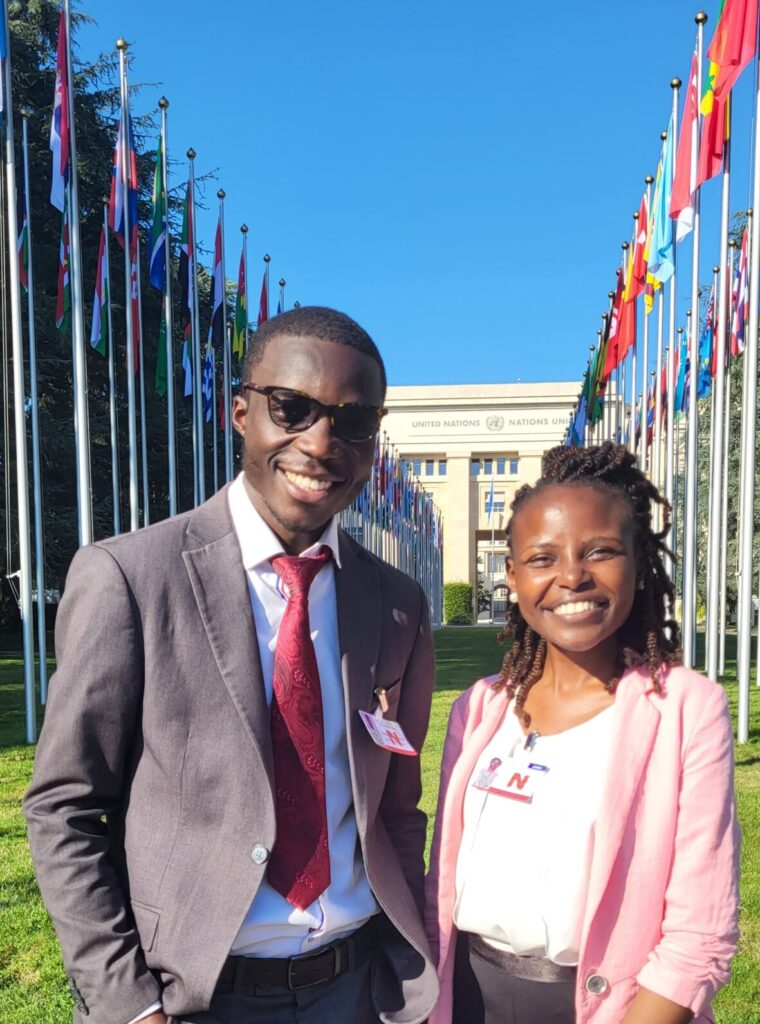Nairobi and towns across Kenya witnessed widespread demonstrations on 25 June as Kenyans marked one year since thousands breached the national parliament—a flashpoint sparked by anger over proposed tax hikes. The gatherings, under tight security, paid tribute to those killed and called for reform amid enduring grievances on police conduct, economic hardship and shrinking civic freedoms.
Protesters—many of them young—held marches, candlelit vigils and laid flowers outside key government offices and parliament, expressing frustration as over 60 civilians were shot dead during last year’s unrest and dozens remain missing. The uprising had forced President William Ruto to withdraw the contentious Finance Bill and appoint opposition figures to cabinet, but public trust has failed to regrow.
January’s arrest and subsequent death of teacher and blogger Albert Ojwang in police custody reignited public fury. His murder has overshadowed commemorations; six individuals, including three officers, now face murder charges. Kenyan authorities initially suggested suicide in custody but later conceded assault was the cause after autopsy findings provoked nationwide indignation.
Across Nairobi, roads were patrolled by riot police and checkpoints enforced around official buildings to prevent any repeat of last year’s violence. Interior ministry advisories prohibited entry into protected zones and urged peaceful conduct. Meanwhile, counter-protest groups armed with clubs—self-styled “Team Sakaja”—vowed to guard against unrest. Their links to authorities sparked concern among rights monitors.
Domestic human rights bodies, including the Kenya Conference of Catholic Bishops, denounced forceful policing and supported peaceful commemoration. International envoys from nations including the US, UK and Canada echoed this, condemning unmarked officers, hired disruptors and excessive use of force, while emphasising the legal right of Kenyans to demonstrate peacefully.
The broader civic situation remains tense. A report from global watchdog CIVICUS, published to coincide with the anniversary, described a sweeping governmental clampdown. It details abuses ranging from lethal dispersals and enforced disappearances last year, to the arrest of online activists, media suppression, internet disruptions during protests, and legislative initiatives aimed at expanding government surveillance.
Public anger is compounded by current economic strain. Finance legislation debated earlier this month dropped a clause allowing tax authority access to personal data, a move interpreted as an attempt to reduce social unrest from controversial policy changes.
Analysts point to entrenched mistrust in institutions among younger generations who regard the state as repressive and disengaged from everyday realities. Technologically sophisticated activism among Gen Z has played a significant role in political awareness, mobilisation and continued resistance, as shown through ongoing coordination of commemoration events and the naming of “people’s public holidays”.
Government defenders argue that security measures are necessary to maintain order and deter extremist elements. Yet critics contend these actions amount to state-led persecution, citing disappearance cases, systematic targeting of dissenters, suppression of journalists and educational content, and the deployment of cybercrime laws to silence civic platforms.
This week’s countrywide marches, held in all 47 counties, aim not only to commemorate but also to demand accountability—particularly for Ojwang’s death and the unresolved fates of those who vanished during the parliament storming. With vigils scheduled and digital campaigns under way, activists say sustained civic engagement remains crucial in shaping policy and reform.

